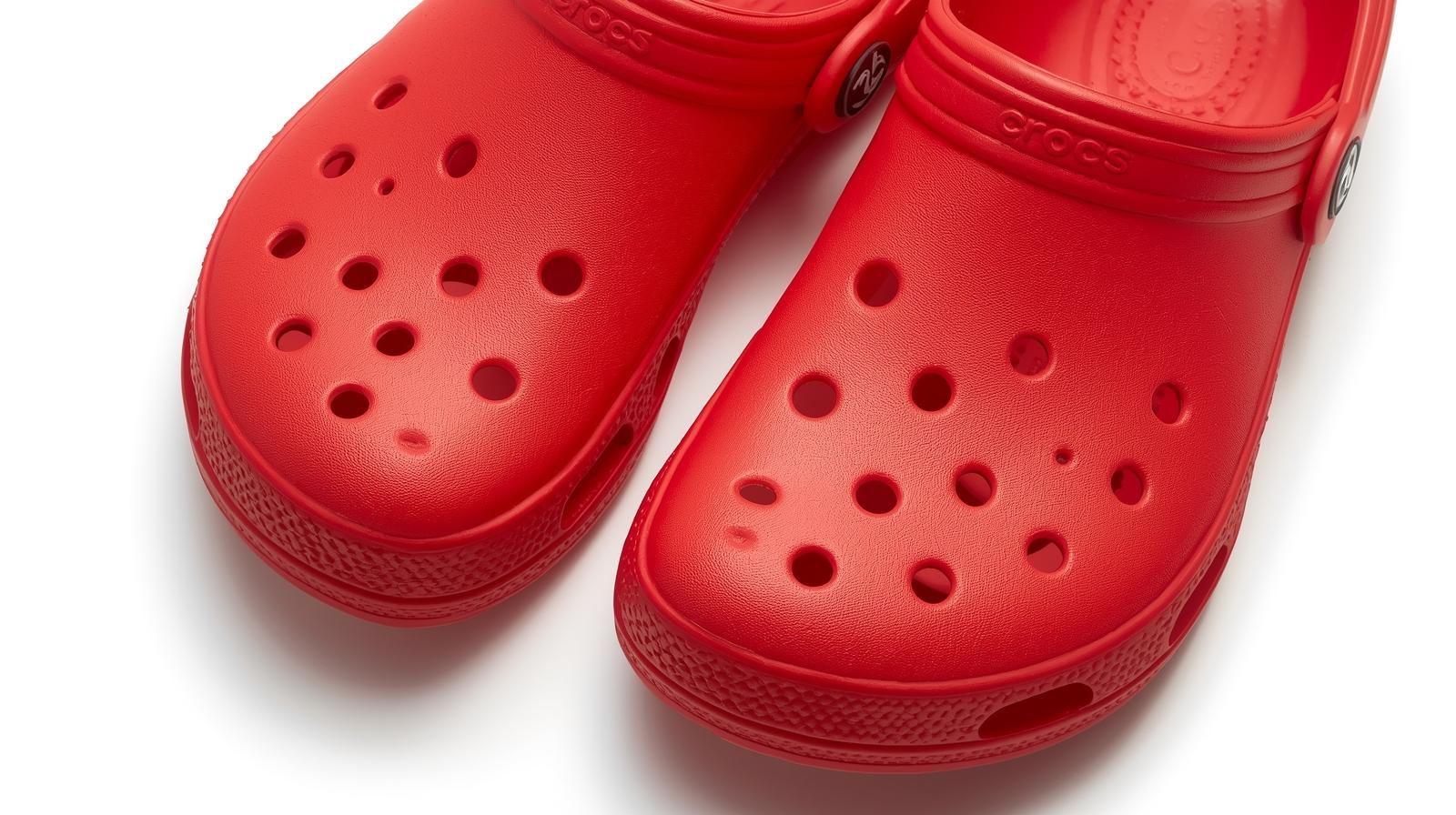As a pediatric occupational therapist, one of the most common problems I hear from parents is that their young child refuses to wear shoes. Getting out the door can turn into a daily battle. Some children pull their shoes off the minute they’re strapped into the car seat—finally out of their parents’ reach! For some families, shoe struggles can become so challenging that a child may even miss preschool because they simply won’t keep their shoes on. It’s exhausting for parents to constantly remind—or plead—with their child to wear shoes.
A few years ago, socks were the main culprit. Many children complained about seams, bunching, or textures that made socks uncomfortable. Thankfully, the “sock world” has solved much of this problem with seamless socks that are now widely available in all sizes. Thank you, sock world!
Shoes, however, remain tricky. When my own children were young, we had a wonderful local store that specialized in children’s shoes. Their feet were measured carefully, and the right size was brought out for us to try. Today, most families buy children’s shoes at large retail stores that sell everything from groceries to tires. It’s convenient—but it often leads to poorly fitting shoes.
Here’s an important tip: when your child is wearing shoes, their feet should look a little big. Many children are walking around in shoes that are too small, squeezing their growing feet and causing discomfort. When buying shoes, make sure there’s at least a full thumbnail’s width between your child’s longest toe and the end of the shoe. If you’re unsure about sizing, visit a store that measures children’s feet for an accurate fit.
And now for an unpopular opinion: Crocs! Many children who refuse to wear shoes will happily wear Crocs. They may not be the height of fashion, but they’re soft, roomy, and easy to slip on—sometimes the perfect solution for sensitive feet.
For young children, comfort and fit play a big role in whether they’ll keep their shoes on. Sensory sensitivities, tight shoes, and seams in socks can all contribute to resistance. Parents can make the process easier by ensuring shoes fit properly, choosing soft and seamless socks, and being open to comfortable alternatives like Crocs. With the right approach, shoe struggles can become one less hurdle on your child’s developmental journey.
Shoe buying for kids-making sure they fit

